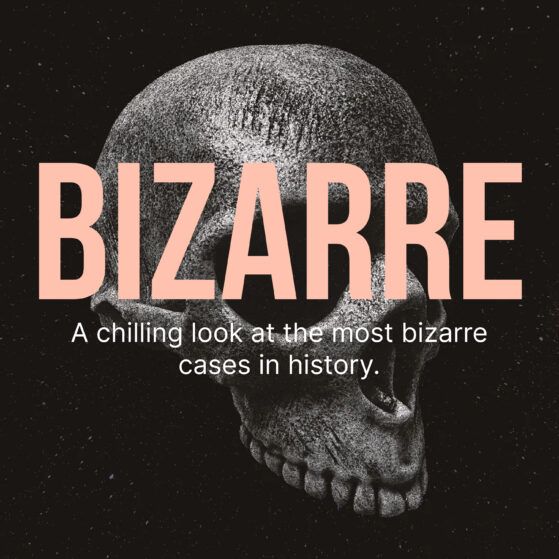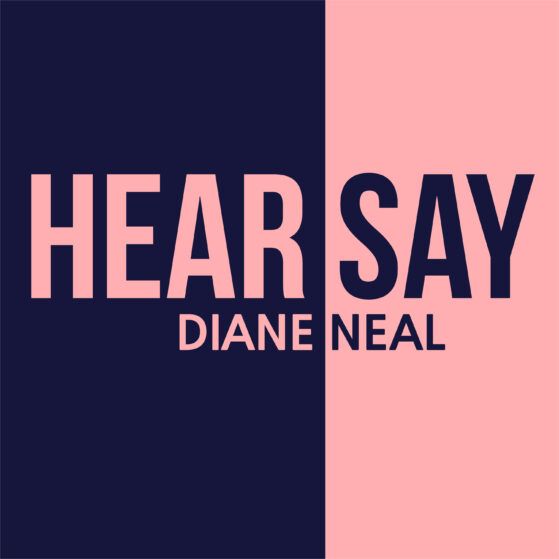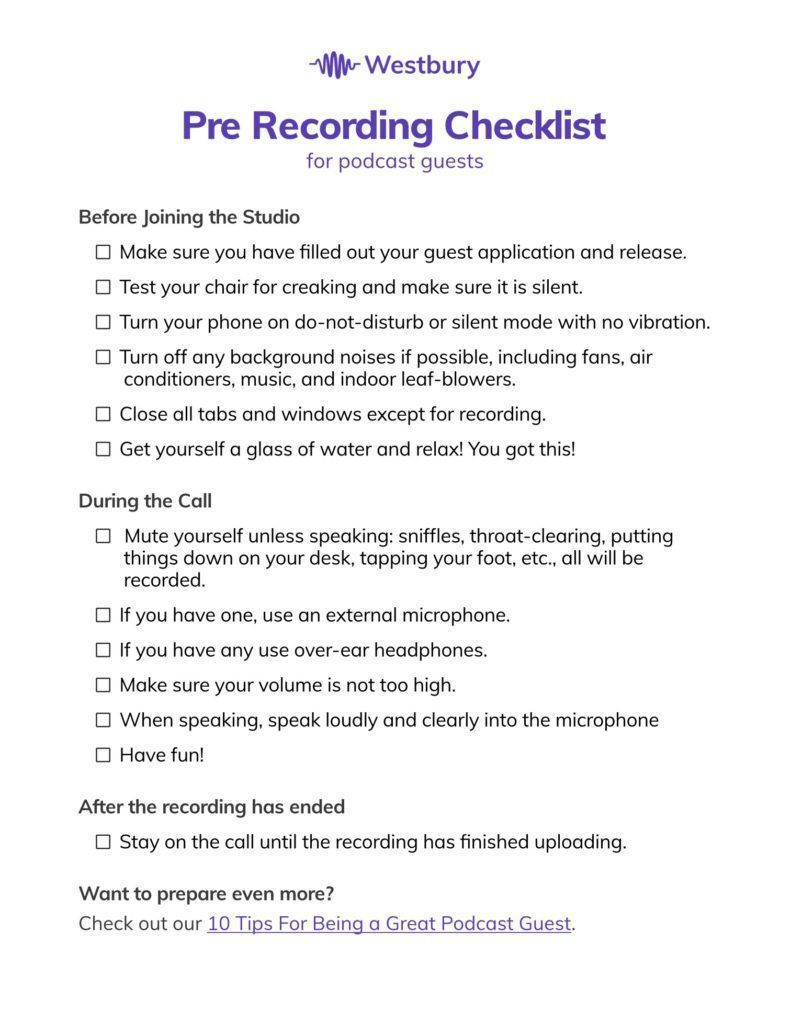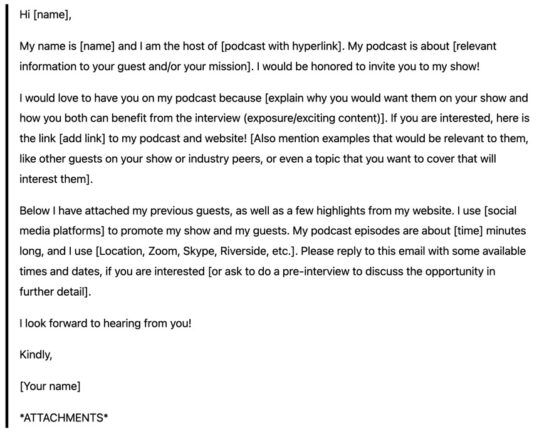Headphones are extremely important for recording, whether it be live or for a voiceover. Wearing headphones while recording your podcast gives you a change to tweak your volume, tone, and make sure it is the best quality. When recording your voice, it also allows to know what you actually sound like.
Finding the best headphones that fit your budget while still having fabulous quality and comfort can be tricky. You’re lucky though, I made a guide on exactly how to choose the best headphones for voice overs and podcasts, which we’ll get to.
Our top picks for headphones
Best overall
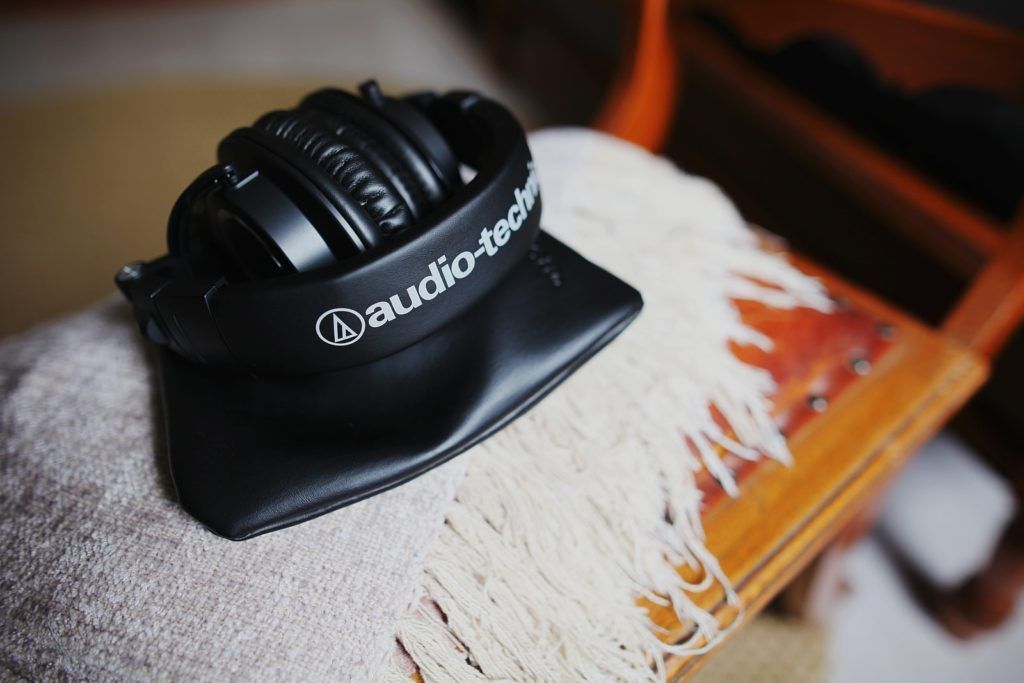
Audio-Technica ATH-M50X $149.00
Hands down, these headphones are worth it. Regardless of what you use them for, whether it’s for voiceovers, podcasting, or just listening to music. The style, comfort, and sound performance allows for better editing and allows you to wear them for long periods of time—for all of you workaholics out there.
They have plush padding and are lightweight, plus the ear cups rotate so you’re able to put them around your neck comfortably. These headphones have a more accurate frequency response compared to others out there. They are closed back, which is going to be most studio headphones because they are more accurate due to its better ability to block out any unwanted outside noise.
Audio-Technica came out with these before bluetooth headphones were a thing, so they’re going to be wired and have a 3.5mm jack. But, just because bluetooth is more convenient doesn’t mean it’s better. The box comes with an adapter too, so if you have a higher piece of gear or use an audio interface, it’s perfect.
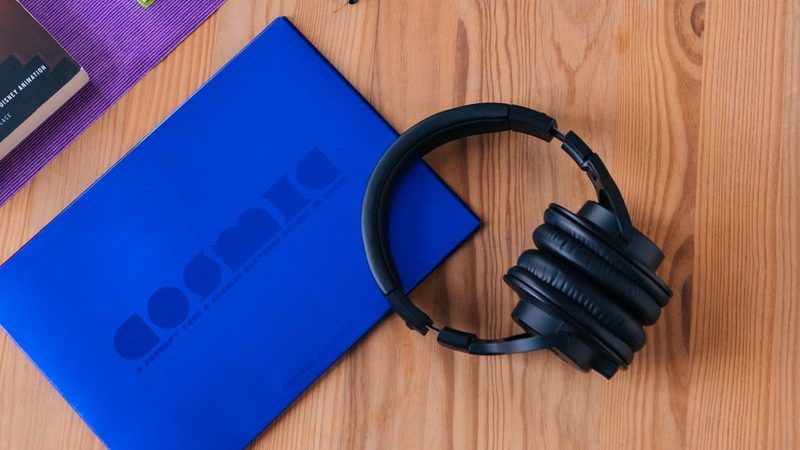
Best budget headphones — Audio-Technica ATH-M20X $49.00
If you want inexpensive, comfortable, great-sounding headphones, you will get great value for the price with the Audio-Technica M20X headphones.
They are closed-back, over the ear, wired headphones. The quality of sound is great considering these guys are only $50, giving you a pure audio—perfect for hearing any imperfections while editing or recording.
They aren’t as comfortable as the M50X’s because of the harder, more compact ears cushions, but again, they are better than most headphones in this price range. They also have a less accurate frequency response than the M50X’s, but honestly, most people can’t tell the difference. The 20s are super light, your head isn’t going to hurt after hours of editing.
How to choose the best headphones for podcasts & voiceovers
While we stand by our general recommendations above, everyone is different, we all like what we like. Choosing the right equipment is entirely for YOU and what makes you feel good. Sometimes it will take some trial and error before finding what fits for you and your podcast. Here are some things to keep in mind when choosing a pair of headphones.
How accurate are they?
Frequency accuracy is how it sounds in your headphones versus someone else’s listening device. For instance, if you are using headphones that are over-emphasized on bass or treble, you edit it and it sounds great, then someone listens to it with their headphones and it sounds like it was recorded on a flip phone. It is not something usually think about when buying headphones, but if you are editing audio, it is extremely important to make sure they have a flat frequency response.
Closed back or open back?
There are many different types of headphones, the most popular are either open back or closed back. It all depends on what you are using your headphones for and your preference. We generally recommend closed back, but in case you’re curious, here is the difference between the two.
Open Back — Air passes through the ear cups, which basically means the sound will be more natural and crisp. But here’s the catch. It really will only sound better if you are in an isolated environment, no sound near you, and plus people around you can hear what you are listening to. Also, keep in mind this could interfere with recording, your microphone may pick up your audio and create an echo.
Closed Back — The ear cups are completely covered, only letting sound out into your ear. It doesn’t sound as natural as open back headphones, but you’ll be able to work in an environment with other people without annoying them or yourself. This allows you to listen to yourself while recording, which is a very helpful tool when recording. With closed back headphones, one thing I struggle with personally is my ears getting hot… and a little bit sweaty. I know, gross. But if you’re in a cool environment, you should be fine.
Comfort & fit
You want headphones that you can wear for hours, editing can sometimes take a while—especially just starting out podcasting. A pair of headphones that sound great and last a long time despite the fact that they may be uncomfortable and poorly fitted aren’t worth your money.
The right set of headphones for you is more than just a matter of aesthetics — it’s an exercise in ergonomics and wearing something that’s going to serve you well. There are headphones that’ll stay on your head, others that’ll rest on your shoulders, and there are some that even dangle from your ears. Some focus on premium sound quality while some look the part with flashy designs.
Price vs. quality
If you know you will be using headphones a lot, invest. I promise it’ll be worth your money. Much like all other products, you get what you pay for! Higher quality parts translate into better sound and more clarity than cheaper models can match.
Cheaper headphones generally won’t last you as long, so in the long run, you’ll be spending more money. Plus, the features that come with the more pricey headphones will make your listening experience so much better. Trust me.
Yeah, there are some pretty good headphones out there that won’t break the bank. But will they last you just as long, be comfortable after hours of wear, and provide the best audio quality? In the end, it is your decision, but in my humble opinion, spoil yourself.
Type of connection
There are various types of connection types with headphones. The most common are 3.5mm, 1/8″, and Bluetooth.
Because of the inherent advantages of wireless connectivity, many companies are changing over to Bluetooth. However, while Bluetooth is super convenient, it’s not without its tradeoffs. When it comes to getting the top-notch sound quality audio professionals need, Bluetooth is not recommended. Plus, there’s a chance that it will lag, which can get annoying. Wired headphones will perform better than Bluetooth, it does not have the bandwidth or sound quality compared to wired headphones.
The most common is the 3.5mm connector, which is what you are going to see with most headphones. Audio-Technica headphones, which are listed above (our recommended picks), generally come with an adapter built into their cables, so you can use either 1/8″ or 3.5mm jacks. The only thing is that you will need an adapter for most audio interfaces. Then, there’s 2.5mm, which is less common.
Conclusion
At the end of the day, it’s impossible to design the perfect podcasting headphone. Everyone is different, so part of choosing the right headphones means finding what makes you feel good, and what makes your podcast sound the best. Sometimes it’ll take some trial and error before finding what fits for you and your podcast.
To get a better idea of why many podcasters wear headphones, check out Why Podcasters Often Wear Headphones for more information. It is recommended to wear headphones while recording & editing to give you the best quality podcast and to make your life a whole lot easier.

